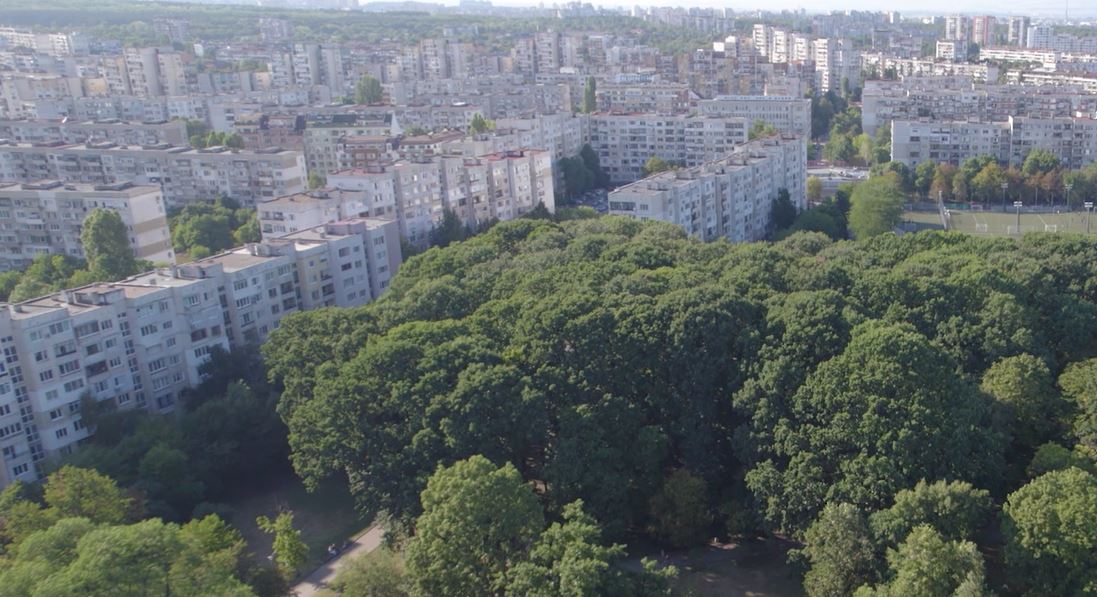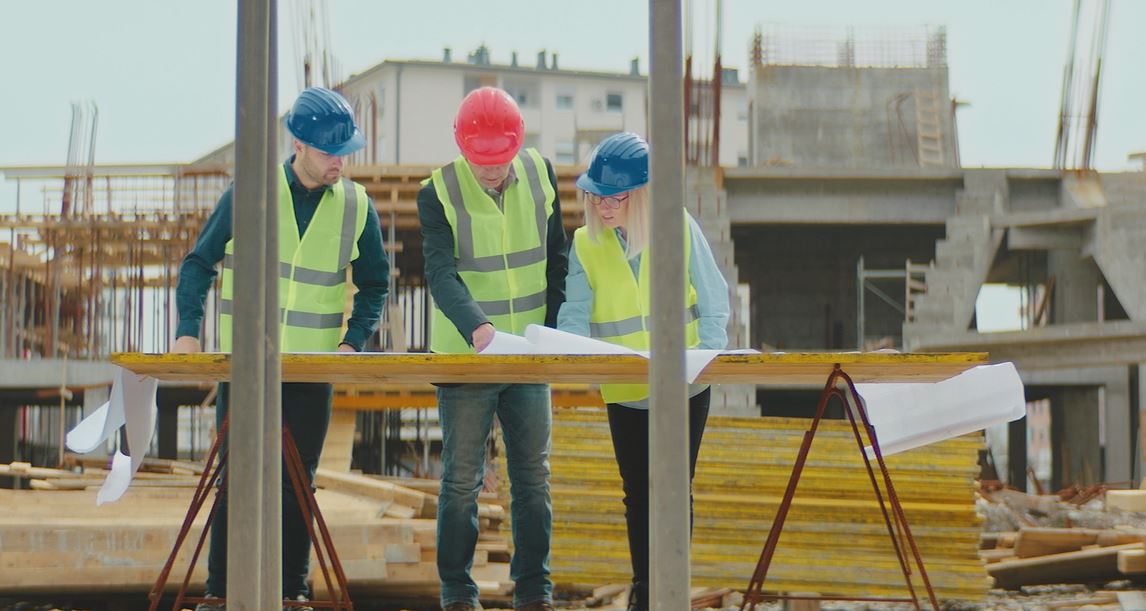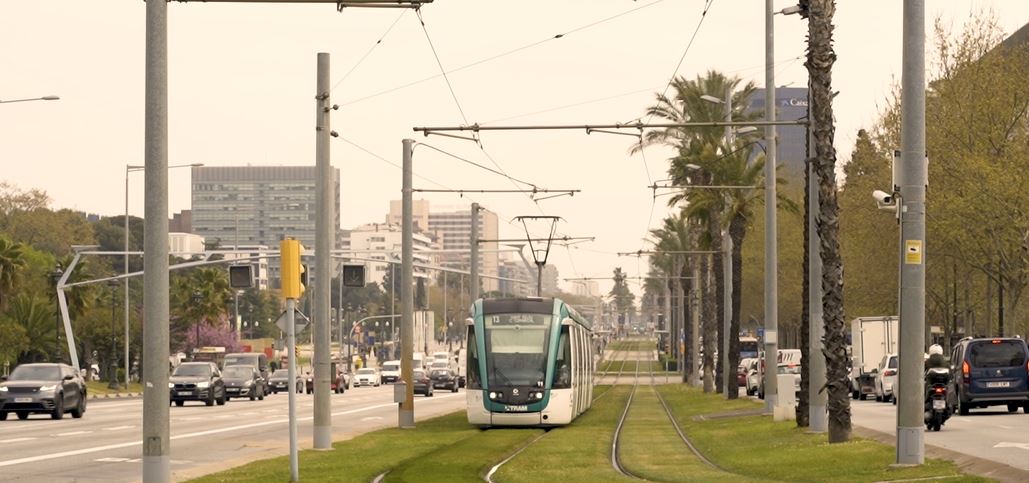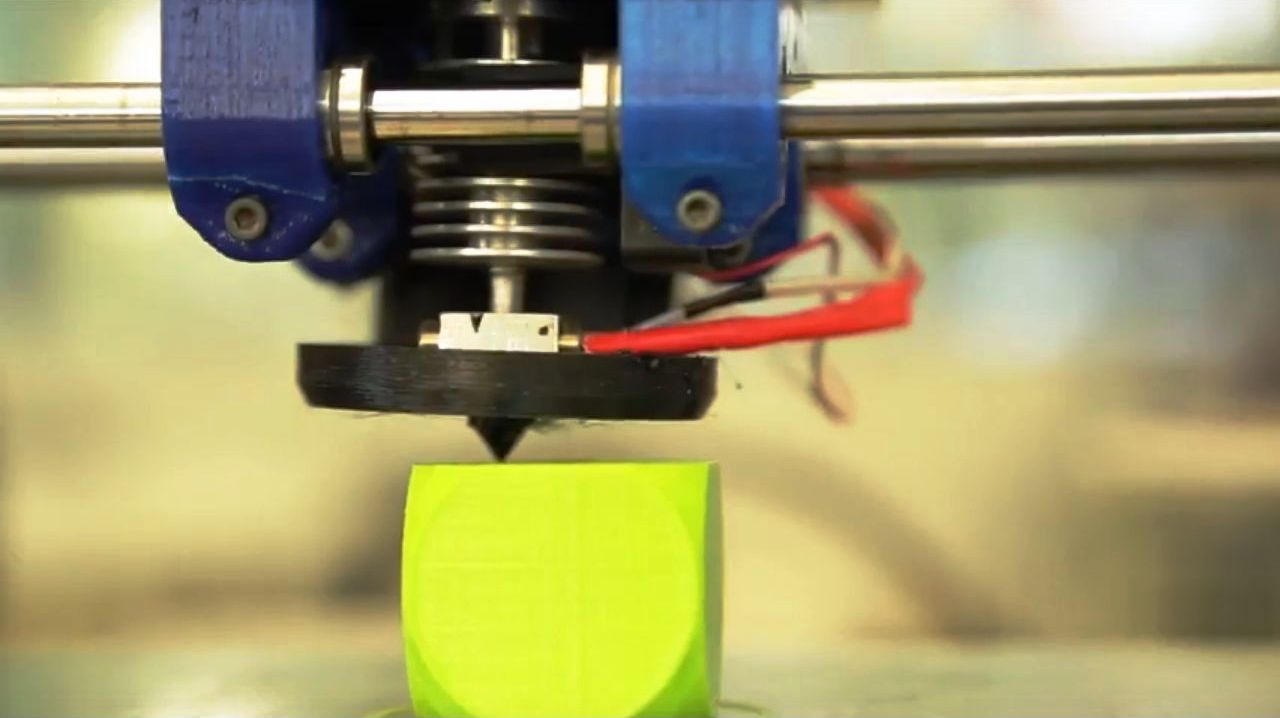
Signage system designer
Description
Signage system is a discipline halfway between graphic, spatial and landscape design on the one hand, and industrial design and architecture on the other. It is a field of knowledge that combines multiple fields in order to identify visual aspects that facilitate communication and recognition, provide information of interest and are able to create experiences that connect people to places.
These professionals focus their activity on urban projects, where they work on the creation of graphic elements that synthesise information, giving shape and colour to words, instructions, thoughts and even emotions. Their ultimate objective is the design of indications that comply with an approved and standardised code, i.e., signs. These signs must convey information in a concrete, clear and precise way for the people who consult them, and they must be adapted to the environment where they are located to facilitate this understanding.
Therefore, they are professionals in the field of graphic design who specialise in the development of signs that can be used in very diverse areas, such as risk prevention, corporate information, security or even advertising, so they will have to be adapted to the different environments where they will be applied. Some examples of environments where signage design can be applied are orientation signage (indications in parks), information signage (information about elements of the environment that need to be specified), road signage (information on public roads), identification signage (messages about services or locations), etc.
These professionals must be able to apply orientation systems in the environment in a universal, sustainable and intelligent way. For this reason, they often collaborate with local urban planners, designers and architects to build a multidisciplinary team that allows an integrated and respectful reading of the environment for the target audience.
Tasks
- Recognise and empathise with the physical space and the environment in order to adapt the values, aesthetics and signage typology to help create the necessary coherence.
- Easily read the diversity of the environment and try to meet the needs of the different audiences that converge in the same space in each case.
- Create graphic elements that guide and contextualise a person within a given space or territory.
- Create visual sets to warn or indicate, based on symbols, the different permitted or prohibited uses of a space, both indoors and outdoors, as may be the case of commercial premises, industrial areas, parks or playgrounds, etc.
- Create different graphic elements on supports such as iron, methacrylate, aluminium, steel, glass, mesh, etc., according to the different systems of attachment or location (wall signs, hanging signs, attached signs, etc.).
- Use the tools of visual narrative such as typography and lighting fluently, so that the final design does not contain reflections and clearly expresses the message to be conveyed.
- Study how the signage can merge with the environment without modifying it, that is, analyse how to enhance the visibility of signs without affecting the surrounding environment.
- Adequately combine functional design, so that all signs can be understood by any user, with aesthetics that are eye-catching, pleasant and provide added value.










 | Catalan | Beginner
| Catalan | Beginner | English | Advanced
| English | Advanced
 Open
Open



 | English | Beginner
| English | Beginner


